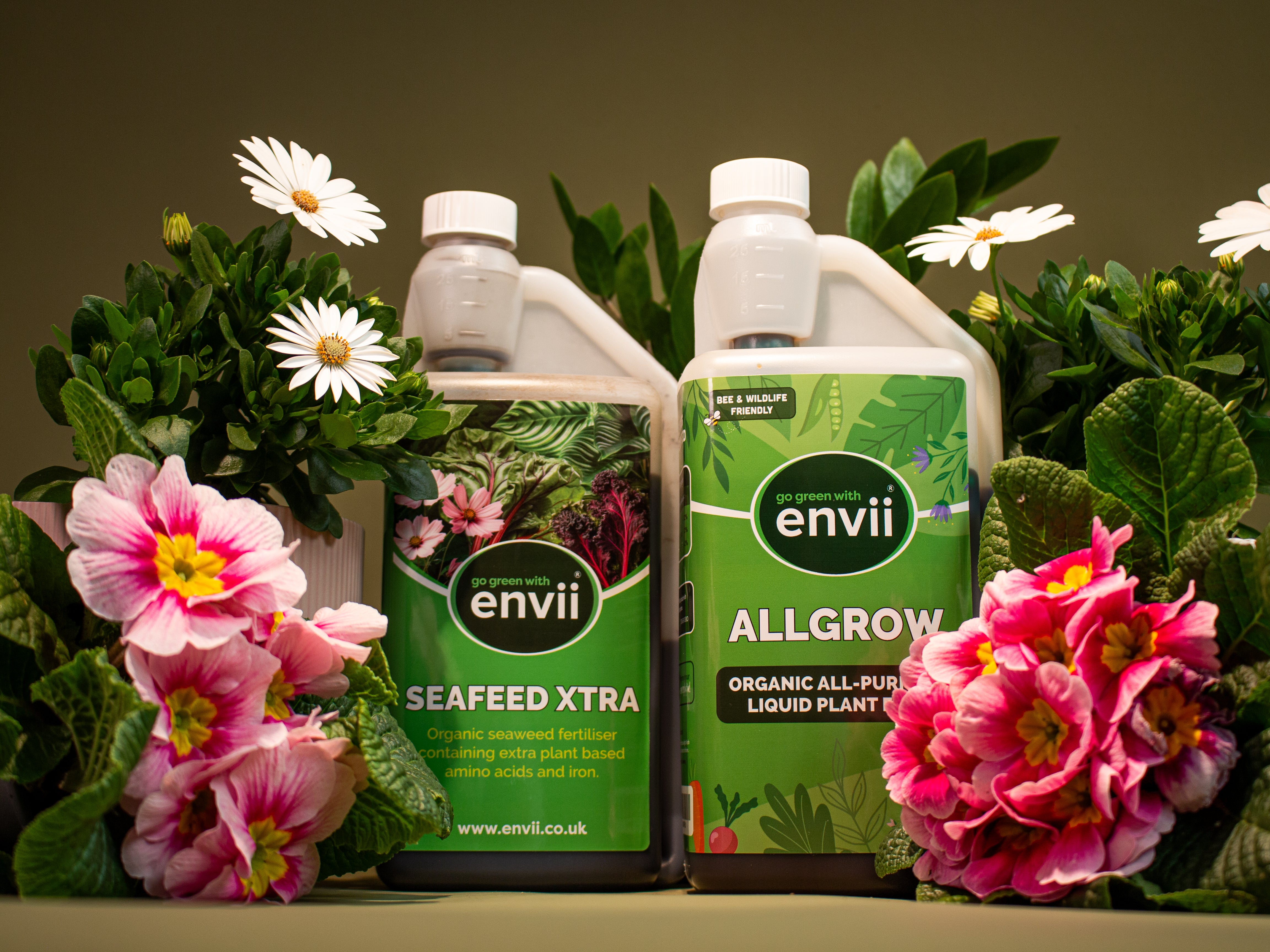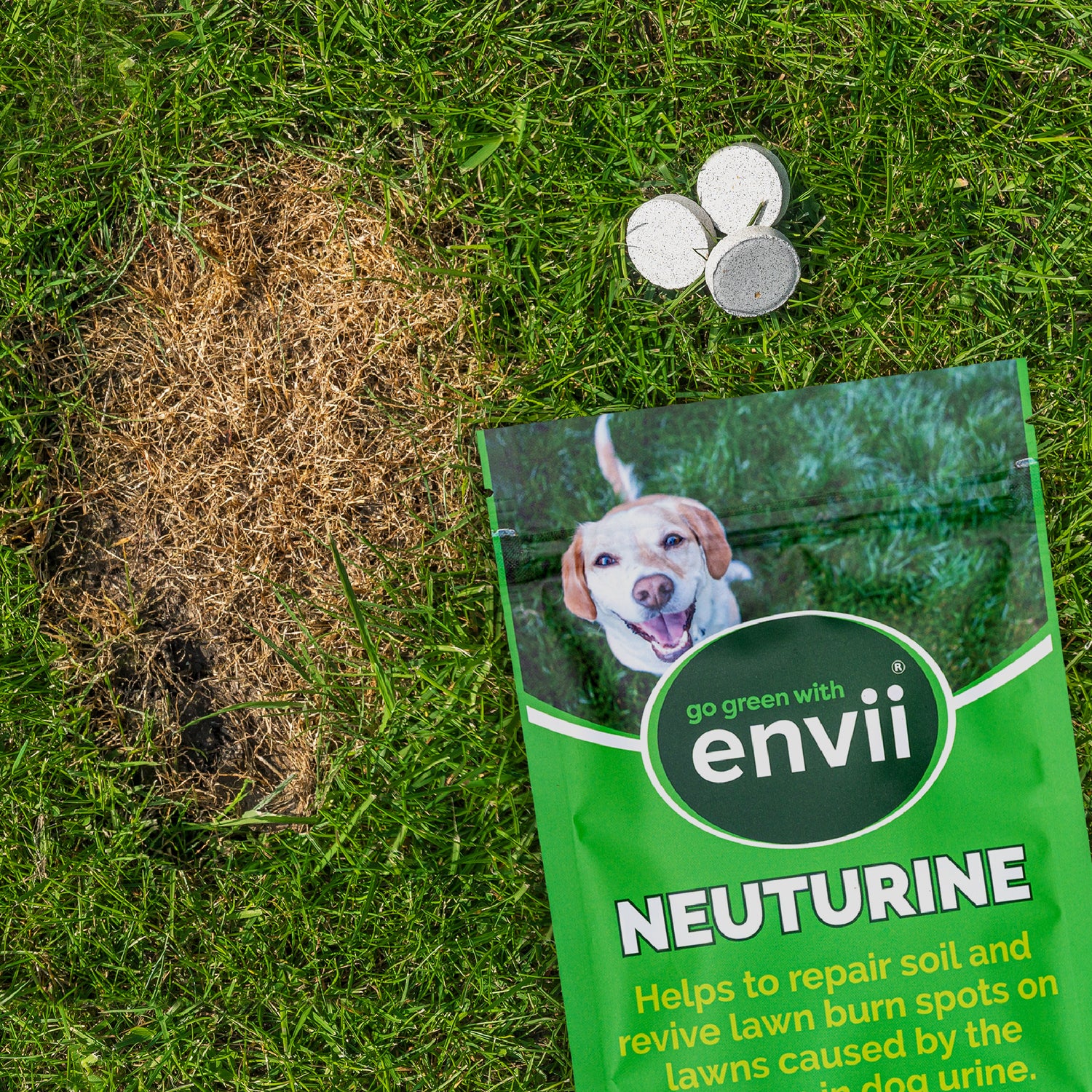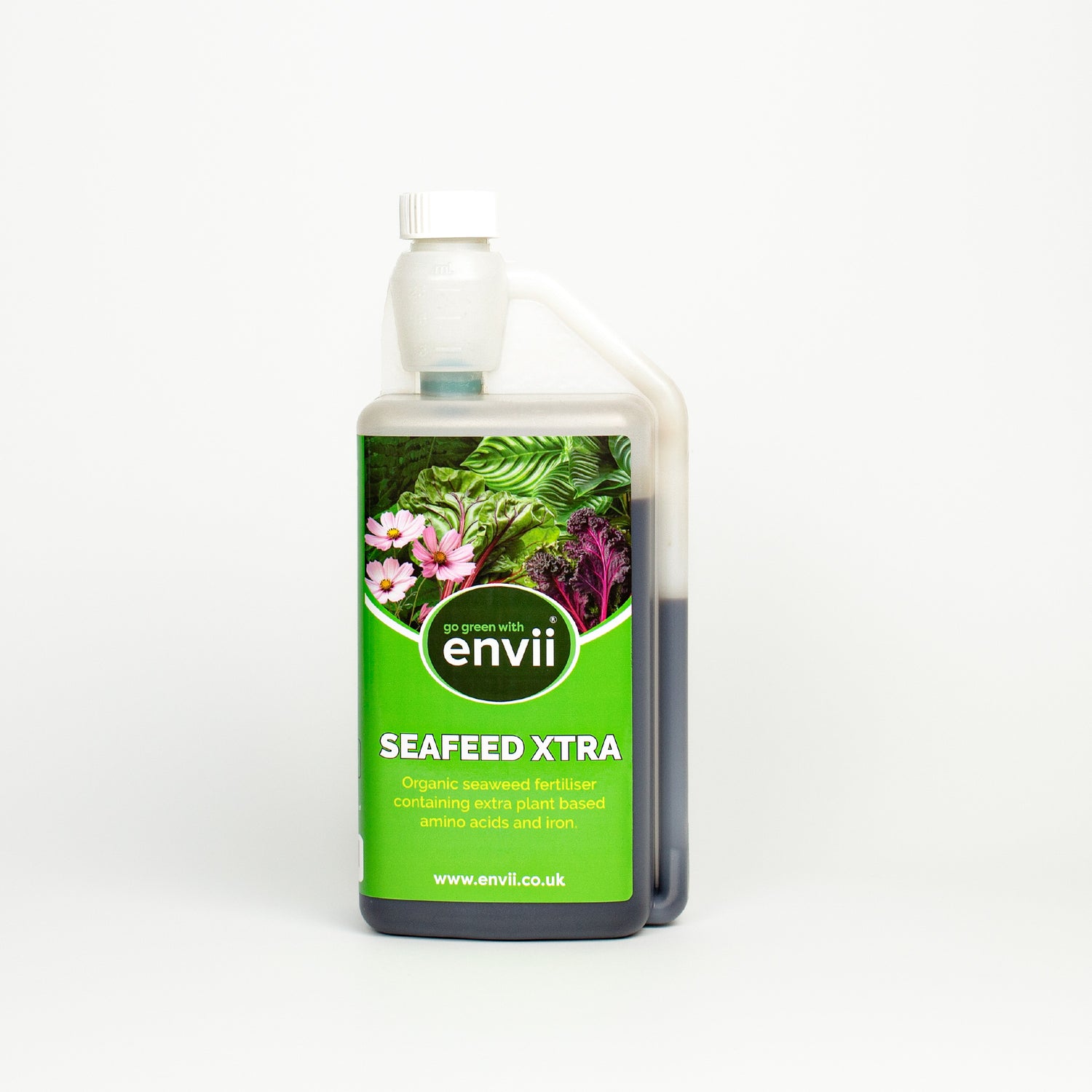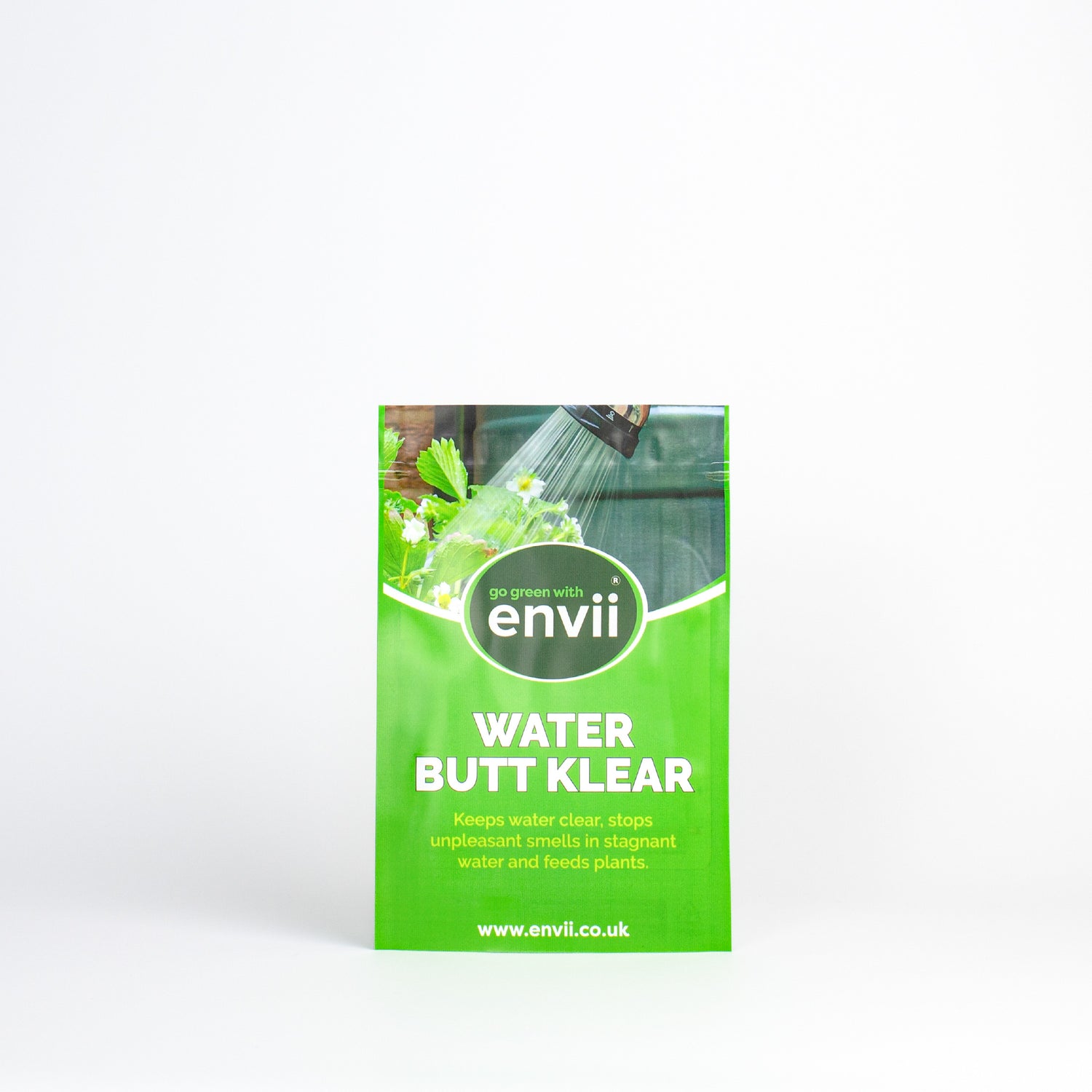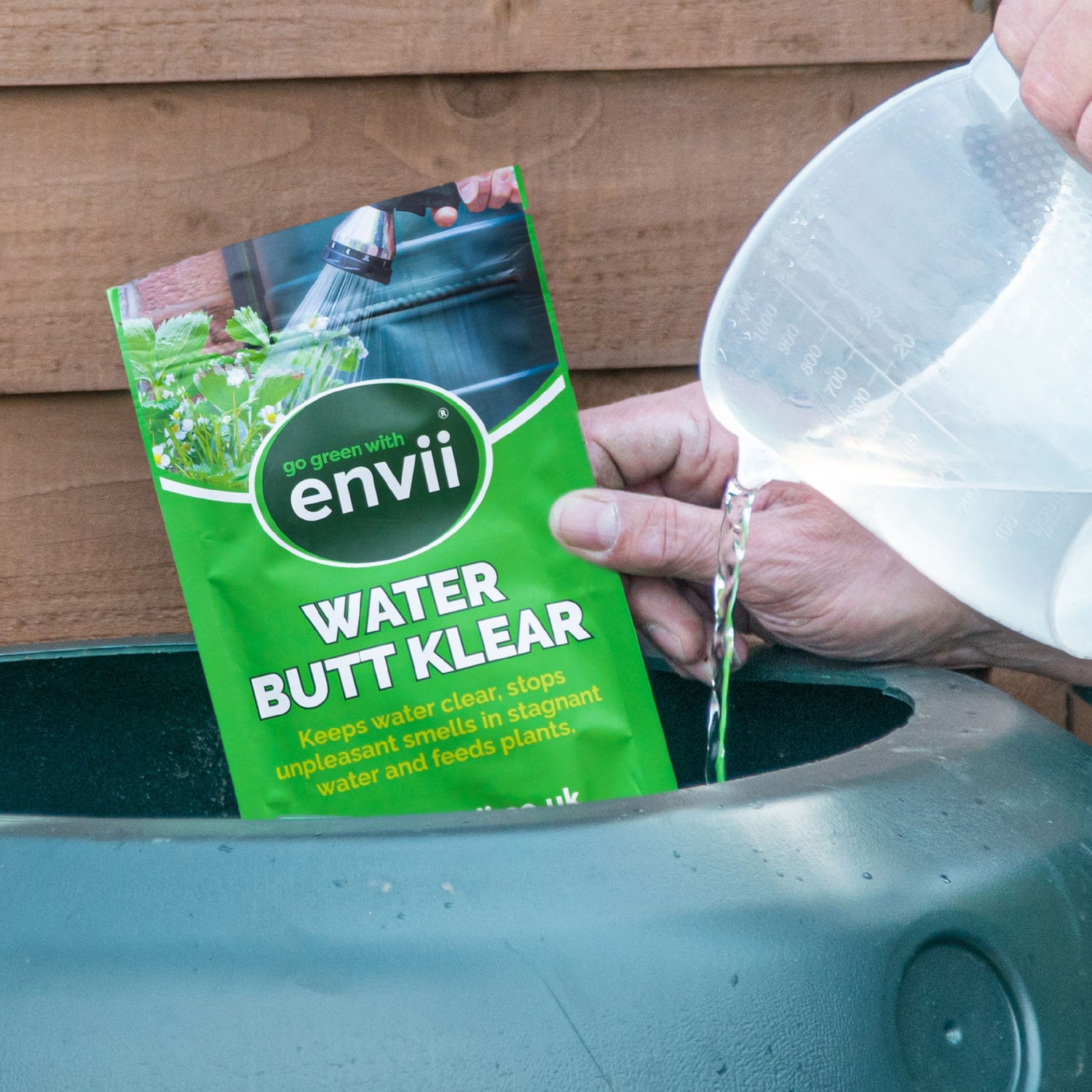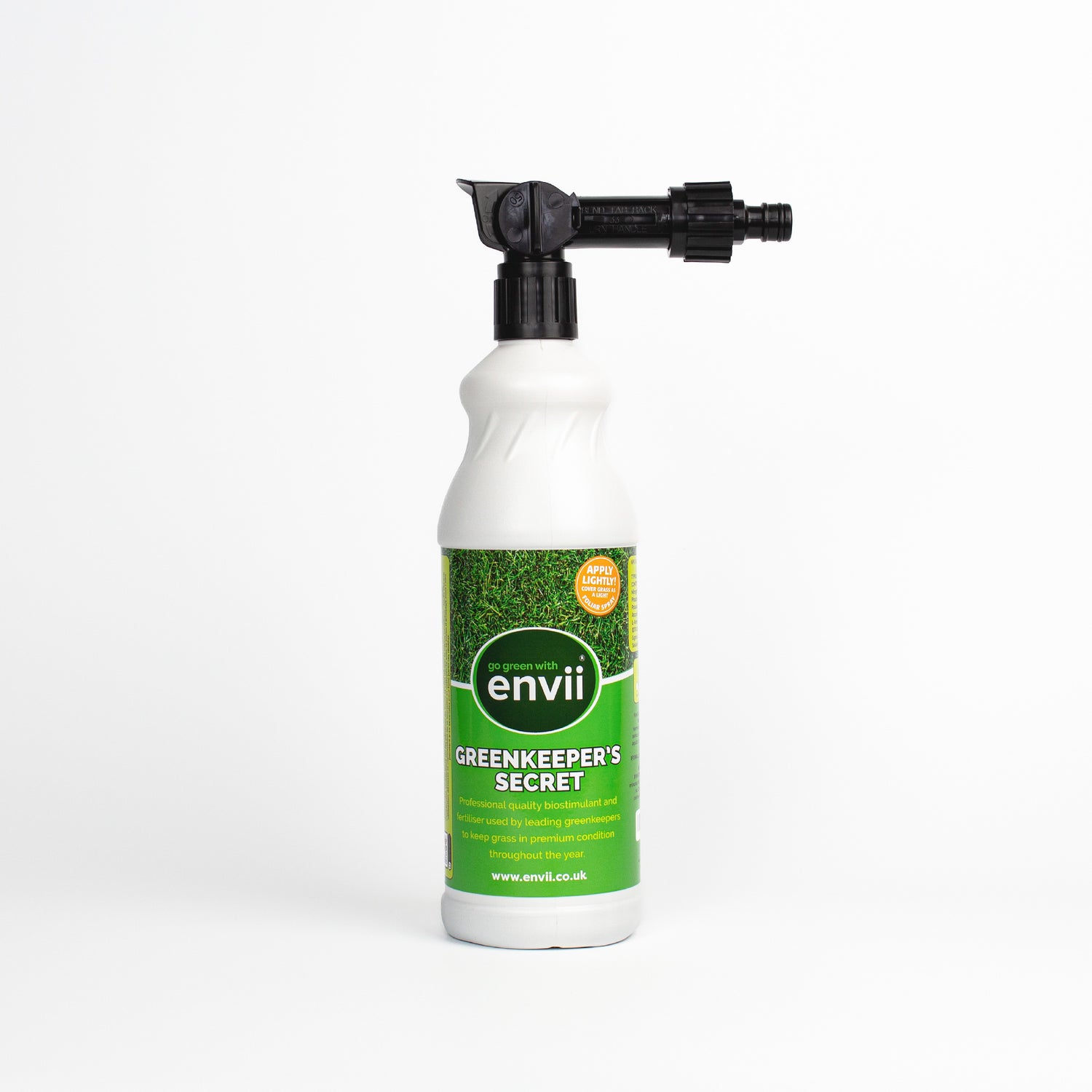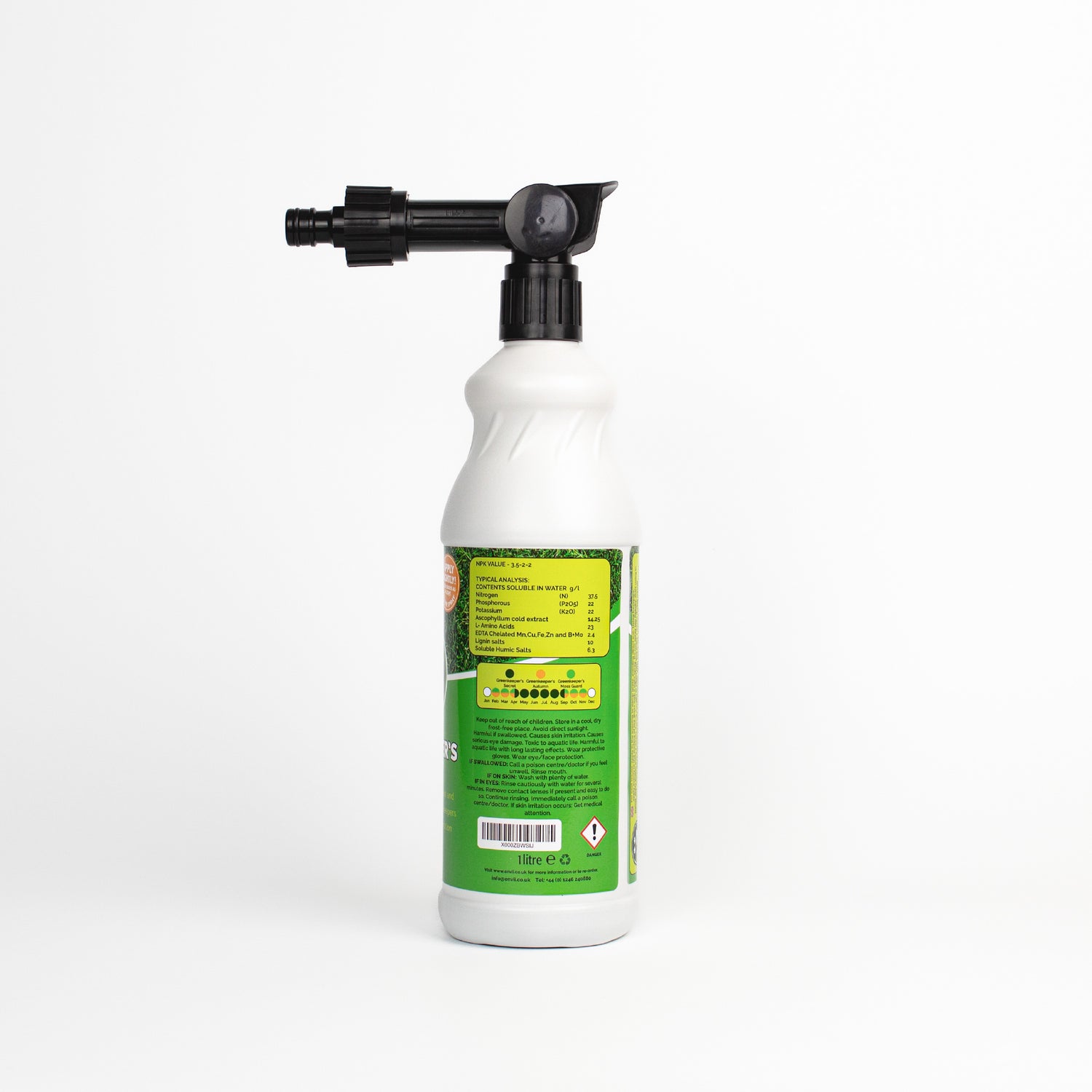Sunflowers are a great addition to any garden! They bring bright colourful blooms and are a favourite for wildlife. As sunflowers grow quicker than most plants, children enjoy the process and find it exciting seeing them reach tall heights.
Continue reading to find out our top tips on how to grow sunflowers from seed.
How to Plant Sunflower Seeds
The most important step to growing any plants is to read the packet before planting, as varieties can differ in what conditions, depth, and temperature they prefer. Most sunflower seeds can be sown between April-May and if you are wanting consistent blooms through summer and early autumn, it is best to sow them every two weeks.
- Fill a small pot with peat-free compost leaving ½ an inch of room at the top.
- Place 2 seeds in a pot for insurance in case 1 fails to germinate. Or you can sow individual seeds into toilet rolls similarly to sweet peas.
- Cover with ½ an inch of compost.
- Water the compost through.
- Place in a plastic bag or propagator on a warm windowsill or greenhouse to ensure germination.
- Plant out when all risk of frost has passed.
If you are wanting a more detailed explanation, in this video Dave demonstrates how to grow sunflowers from seed for 3 different varieties.
Growing Sunflowers
Positioning
Positioning is key if you are growing sunflowers, especially a taller variety as they will need to be protected from strong wind. This is due to the wind knocking them over, causing the stem to snap or the roots to be lifted. Furthermore, there’s a clue in the name, but sunflowers love the sun, so, make sure that they can bask in the sun all day long.
Where to plant?
Shorter varieties of sunflowers will grow in well-drained pots, however, if your sunflowers have the potential to reach 2 metres tall, you will need to consider growing them in the ground. By planting your sunflowers directly into the ground, an established root system can develop that will support growth and withstand difficult weather conditions.
Another benefit of sunflowers being in the ground is that they are easier to stake with a cane or support. Staking a sunflower is sometimes necessary when they reach over 2m tall as they can easily snap or bend when they become top-heavy.
Watering and feeding
In the height of summer, you must water your sunflowers consistently because they can dry out easily. Taller varieties of flowers will struggle to absorb the moisture once dry. When planting your sunflowers, ensure that the area drains well to avoid flooding and overwatering.
Top tip: Feeding your sunflowers with a high potassium fertiliser is beneficial just before flowering to give them an extra boost of nutrients to support growth.
Harvesting the Seeds
Harvesting sunflower seeds is extremely beneficial as the seeds contain calcium, phosphorus, and potassium. They are a great addition to recipes and as a snack! If you are wanting to grow sunflowers to harvest their seeds, you will benefit from growing larger head varieties as they produce more seeds.
To harvest sunflower seeds, it is best to leave the seeds to dry on the plant until the petals become dry and begin to fall off. Once ready, you will be able to rub away the husk to reveal the seeds beneath. However, leaving the flower head intact with the plant can become difficult as you will be in a race with the wildlife to harvest the seeds. More often than not, the wildlife beat you to it. You can net the flower head so that the wildlife won’t be able to access the seeds, or you can remove the head and leave it in a warm, dry place for the plant to dry out.
If you aren’t interested in harvesting the seeds, they will be of great benefit to the surrounding wildlife. You can leave the sunflower head intact on the plant or place it in an area for the birds and squirrels to enjoy.
Varieties
Sunflowers come in all shapes and sizes, so choosing a variety to grow can be a difficult task. There are many categories of sunflowers, and are often based on height, so you know what to expect when growing them.
Giant sunflowers
- American giant
- Russian mammoth
- Skyscraper
Medium sunflower
- Italian white
- Red sun
- Moulin rouge
Dwarf sunflowers
- Ms Mars
- Teddy bear
- Sunny smile
Problems When Growing
When sunflower plants are young, they are susceptible to slug damage, which can lead to deterioration of the plant’s health. If you are wanting to avoid this problem, use envii feed & protect to deter slugs and provide the seedlings with nutrients.
Taller varieties can face more problems structurally as they can be easily damaged by wind. When growing taller varieties, it is best to place them close to a wall or structure so that they can shelter from the wind. It is best to stake the flowers when they begin to become unstable to prevent them from snapping.
Share
